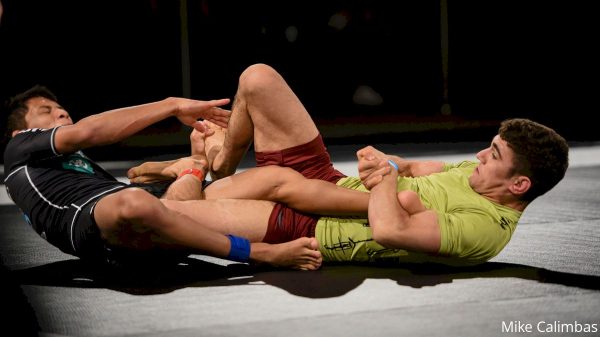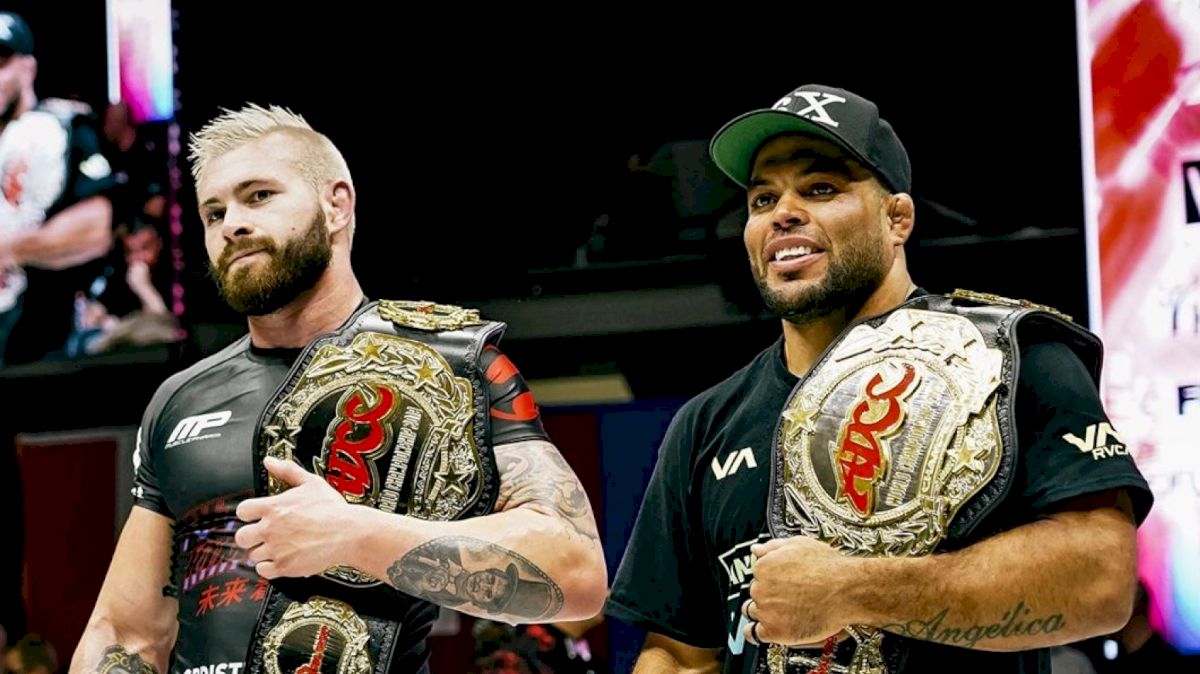Banning certain Brazilian Jiu-Jitsu submissions at any level of competition undermines the discipline and skill it takes to grapple such a complex sport.
BJJ is the face of martial arts, yet tournament organizers ban and restrict techniques that have been practiced since the inception of the competition.
It has become the most important and recognizable submission-based martial art because of big names like the Gracies and Gordan Ryan. The sport has experienced a gradual but global growth in popularity amongst casual fans and practitioners alike.
In the last few years, its tournament scene has experienced a boom in viewership with organizations like OneChampionship now showcasing strictly Brazilian Jiu-Jitsu competitions.
The creation of a more unified set of competition rules will further legitimize grappling, similar to how the unified rules for the UFC made people embrace its implementation in competition seriously.
The essence of martial arts is to equip yourself with the essentials of life: discipline, security, focus, respect, confidence, effort and goal setting.
However, like any contact sport, there is an inherent risk when participating in martial arts competitions.
BJJ is a dangerous practice but has gained a false reputation as an aggressive art. The best simile to illustrate Brazilian Jiu-Jitsu fighting style is that of a snake whereas wrestling is like fighting a bear.
It is all about leverage and angling to control your opponent. Most submissions are designed to subdue or immobilize your opponent, but in a controlled, skilled high-level environment where participants are aware of the potential negative outcomes, there should be no “off-limit” submissions.
Embrace the “dark arts.”
For example, in the International Brazilian Jiu-Jitsu Federation’s rule set, blue and white belts cannot use leg attacks: leg attacks not allowed include leg locks, heel hooks and knee bars.
In Gi competitions, a type of BJJ tournament, heel hooks, kneebars, toeholds and knee reaping are completely banned.
Another horrible example of techniques being banned is “kani basami” or the scissor takedown. It is a move that involves the attacker sliding both their legs under their opponent and separating their legs at the knees. A very advanced technique that is restricted because if the defender sprawls incorrectly, they can cause severe damage to their knees.
Most professors in BJJ camps will avoid techniques that are banned in competitions, like calf slicers, leg locks and the aforementioned kani basami. Grapplers, as a whole, believe that if you sign the competition waiver, you know what’s at stake.
Given the risk, there should never be an environment where the danger element is gone.
Ironically, the only way to prepare individuals to defend against “dark art” moves is to replicate them in practice. As brutal and barbaric as it may seem initially, that is the idea and intention of practicing them in a controlled environment at reduced speed and power.

The attacker successfully performs a cranked heel hook on the opponent who then taps.
There are countless other moves and techniques that are not allowed. These are the most commonly used and therefore, need the most practice to be able to defend them.
It is more dangerous to completely remove a component of your training altogether and not be prepared to defend against it than practicing those banned techniques in a controlled environment should competition or a real-world scenario require defense against a banned move.
Banning submissions gives higher belts an unfair tactical advantage, making them harder to defend, and difficult to detect during live combat.
All submissions are dangerous. Practitioners understand the risks involved and removing some of the submissions will ironically, make it more dangerous.
Submission grappling is not for everyone, if you don’t like heel hooks, learn to defend it or go play baseball.
In a sport where the main goal is to physically impose your will onto your opponent, the art of violence and grace is being taken from us and falling victim to the label of just another “contact” sport.
If coaches and students embraced teaching and then implemented previously “banned” techniques into curriculum and competition, coaches will maximize the student’s full learning experience by teaching them to defend against dangerous situations. With better-equipped students, we can expect to see higher levels of competition using “banned” techniques.



